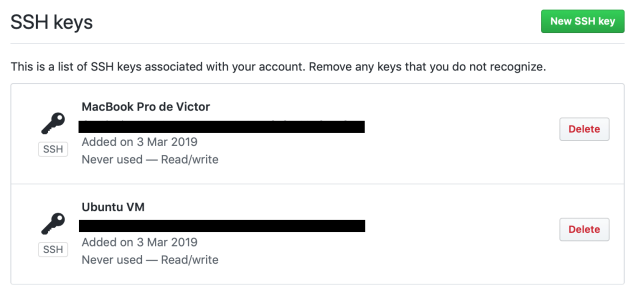Before starting posting about DevOps I had a small idea about what it was. At my work we use agile development process (Scrum) to establish some goals and all of them are shared through all stages of development. Since my area is testing, it is simple for me to work as a team and follow the DevOps (kind of) process among all areas. At my job we use a private platform in which we share everything that has to be with the software.
We use some types of queries to assign and follow up the tasks, and internally each team has its own metrics and goals. Since I’m in the testing area, what my team gets is a list of issues, or sometimes we need to find them, and then we assign the issue to a developer and follow up the fixing process.
Some advantages of using this system are:
- Intercommunication of all areas.
- The process is transparent to all employees.
- Queries let you open new tasks at all time.
- Each task is assigned to a group. (one person per area)
- The managers have access and control at all time.
The disadvantages that I see are:
- The system is sometimes hard to understand.
- The version control is visible but sometimes hard to work with the same version.
- New members have a hard time learning it.
Now, excise tasks is a concept related to DevOps. These tasks are the ones that take most of the work for developers. DevOps can reduce the amount of time that employees take in these kind of tasks, since everything is well distributed and organization time could be less.






















